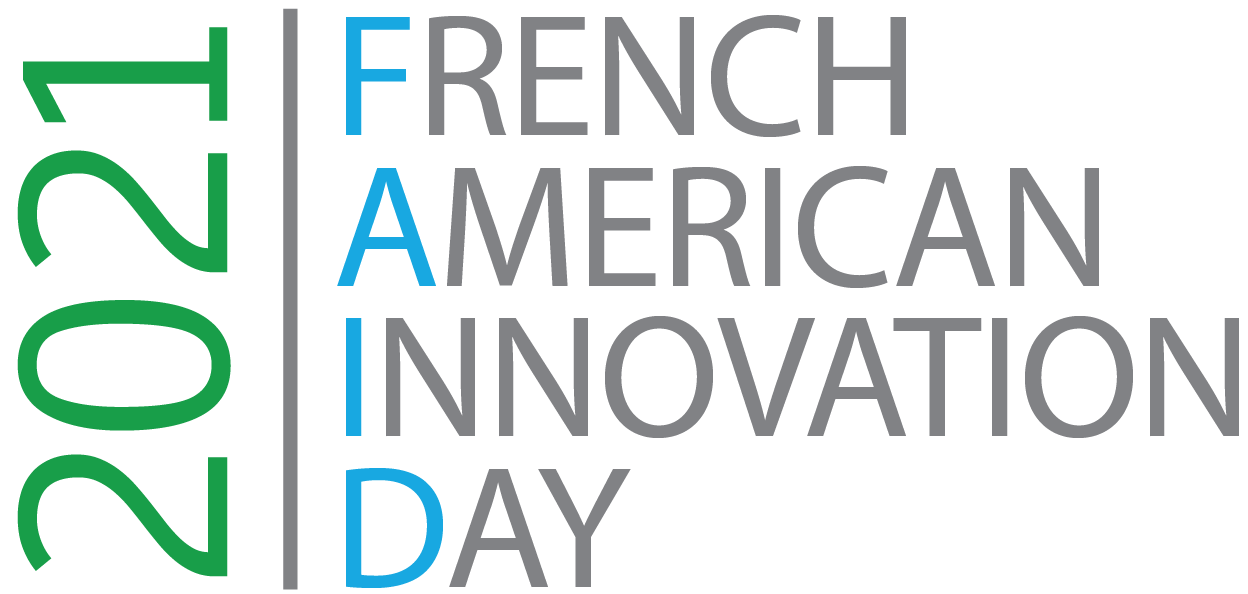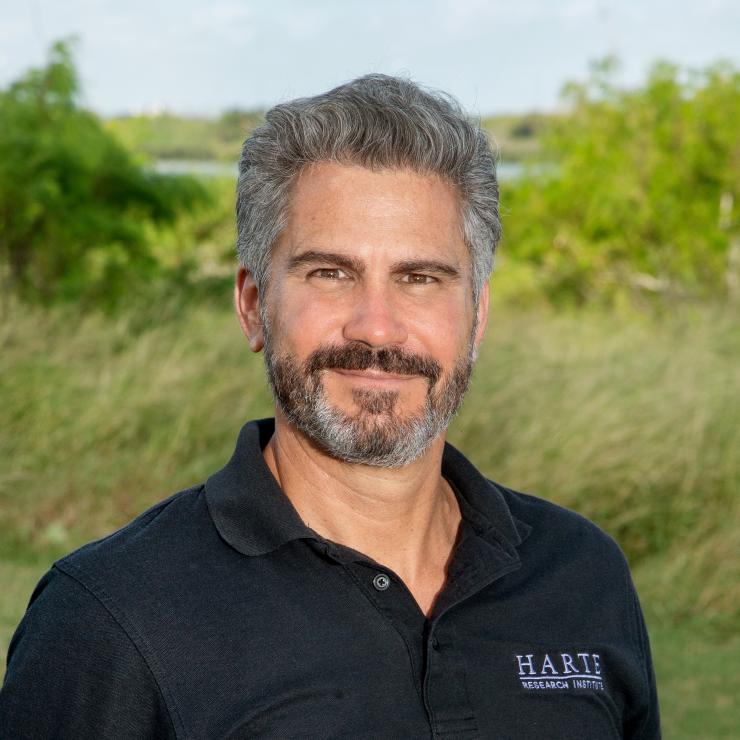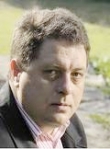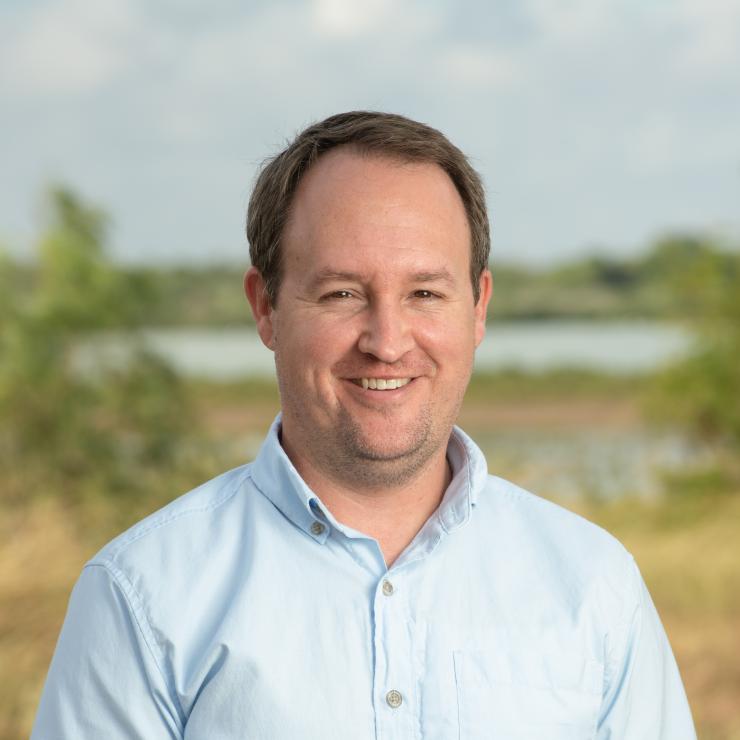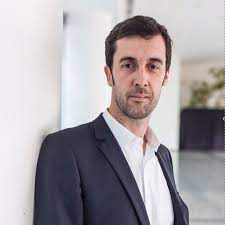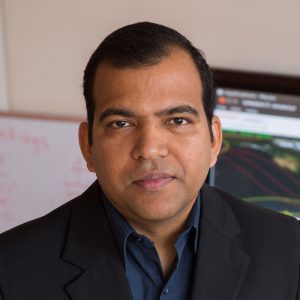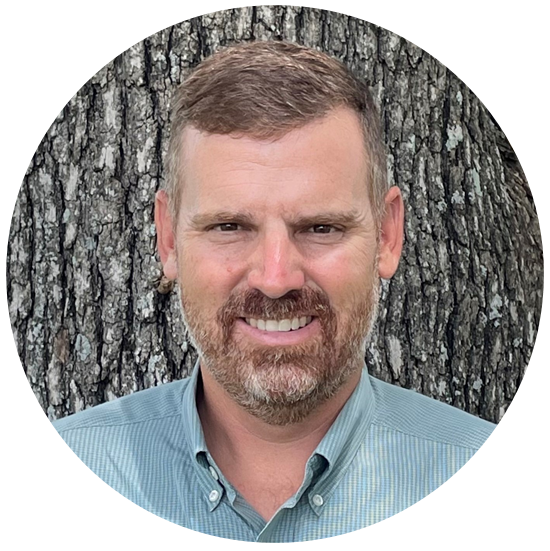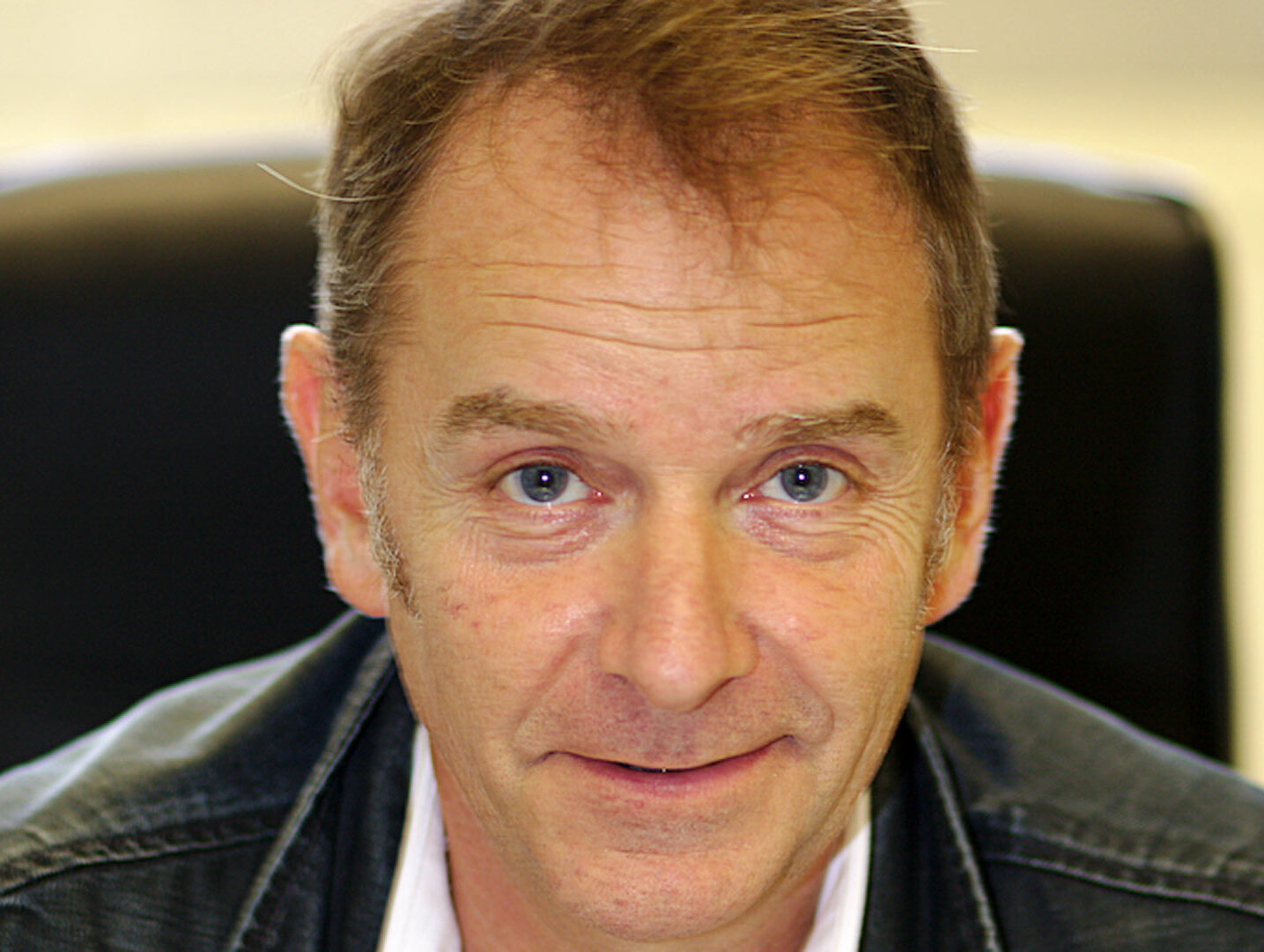Moderation
Introduction
Speakers
Mihail Barboiu, Research Leader at Institut Européen des membranes, France
Artificial Water Channels – toward biomimetic membranes for desalination
We include only systems that integrate synthetic elements in their water selective translocation unit. Therefore, we exclude peptide channels because their sequences derive from the proteins in natural channels. We review many of the natural systems involved in water and related proton transport processes. We describe how these systems can fit within our primary goal of maintaining natural function within bio-assisted artificial systems. In the last part, we present several inspiring breakthroughs from the last decade in the field of biomimetic artificial water channels. All these examples demonstrate how the novel interactive water-channels can parallel biomolecular systems. At the same time these simpler artificial water channels offer a means of understanding water structures useful to understanding many biological scenarios. Moreover they can be used for the preparation of highly selective membranes for desalination.
Citizen science as a tool in support of coastal conservation and restoration efforts
Coastal ecosystems provide numerous ecological and economic benefits to human beings, but their ability to do so is increasingly challenged by detrimental human activities and climate change. To ensure the health and productivity of coastal ecosystems, the research, policy and resource management communities need data to understand how these ecosystems work and to support management efforts aimed at balancing human needs with those of the environment. There is also a strong need for improved scientific literacy, as people hold the key to the future of our coastal ecosystems through their actions. Citizen science projects are an increasingly important tool that can enhance data availability while also increasing scientific literacy and engaging the next generation of scientists. In this presentation, I will briefly highlight an example of successful citizen science effort that documented water quality issues in Baffin Bay, Texas, and will discuss how that information was used to inform and promote conservation and restoration efforts.
Pierre Tufigo, CEO and Founder of Elwave, France
Electromagnetic detection and navigation
ELWAVE is the world’s first and only company to offer products and systems based on innovative Electric Sense technology. “Electric sense” is the sensory mode used by fish living in tropical, murky and congested water habitats, where vision and sonar are ineffective. ELWAVE technology takes its inspiration from the sensory mode used by tropical freshwater fish (African mormyrids and South American gymnotiforms), which have developed electrical sensory perception in order to move around, capture their prey and communicate with each other in an environment where vision and sonar (acoustic communication – echolocation) are ineffective. Electrical sensory perception is based on sensing disturbances produced by the environment in an electric field generated by fish: these fish emit a 360° electric field around themselves which is disturbed by obstacles in their habitat, by other fish and by predators. The electro-receptor cells in their skin detect, measure and record these disturbances to create a three-dimensional image of their surroundings at any given moment.
Deepak Mishra, Department of Geography, University of Georgia, USA
A Cloud-based Integrated Multi-platform for Global Observation of Harmful Algal Blooms that Engage Citizen Scientists to Monitor Aquatic System Health
Over the past decade, the global proliferation of cyanobacterial harmful algal blooms (CyanoHABs) have presented a major risk to the public and wildlife, and ecosystem and economic services provided by inland water resources. As a consequence, water resources, environmental, and healthcare agencies are in need of early information about the development of these blooms to mitigate or minimize their impact. Results from various components of a novel multi-cloud cyber-infrastructure for initial detection and continuous monitoring of spatio-temporal growth of CyanoHABs addresses this problem. The novelty of this CyanoTRACKER framework is the integration of community reports, remote sensing data, and digital image analytics to differentiate between regular algal blooms and CyanoHABs.
Chris Zachry, Wetland Project Manager, Tarrant Regional Water District, USA
Constructed Wetlands as a Large-Scale Water Treatment Strategy
The population of the North Texas Region is expected to double by 2060. Population growth drives the need for a clean and reliable water supply. Tarrant Regional Water District (TRWD) (George W. Shannon Wetlands Project, in partnership with Texas Parks and Wildlife Department’s Richland Creek WMA) and North Texas Municipal Water District (NTMWD) (East Fork Water Reuse Project and the John Bunker Sands Wetland Center, in partnership with the Rosewood Corporation) worked together with Alan Plummer Associates to create innovative, efficient, and sustainable approaches for the natural filtration of water through the development of constructed wetlands. Each wetland has the ability to divert 95 million gallons of treated wastewater flows per day from the Trinity River, coming downstream from the Dallas-Fort Worth Metroplex. The water is pumped into the wetland to be naturally filtered through a series of sedimentation basins and wetland cells filled with beneficial aquatic plants—removing on average 95% of the sediment and 50% to 80% of nitrogen and phosphorus. Once the water makes its way through each wetland, it is pumped to a reservoir, treated to drinking water standards, then delivered to consumers for use (NTMWD to Lavon Lake and TRWD to Richland Chambers Reservoir).
Philippe Barthelemy, Professor and director of ChemBioPharm, France
Biomimicry as a strategy for water decontamination
Nature represents an non-exhaustive source of inspiration but also an unprecedented opportunity for innovation. Drawing inspiration from living systems could help us find solutions to current problems in different sectors, including pollution, energy and health. In this presentation we will show through examples that bio-inspiration can bring us solutions in the areas of pollution (nanoparticles, micropollutants, endocrine disruptors, etc.) and biomedical research (regenerative medicine, resistance to antibiotics, etc).
